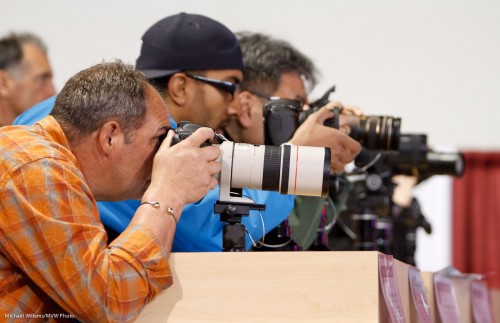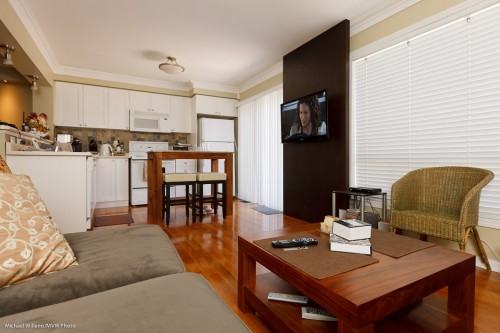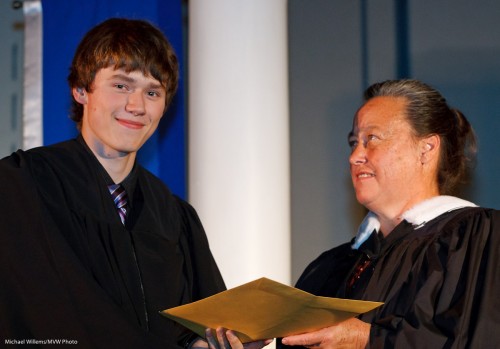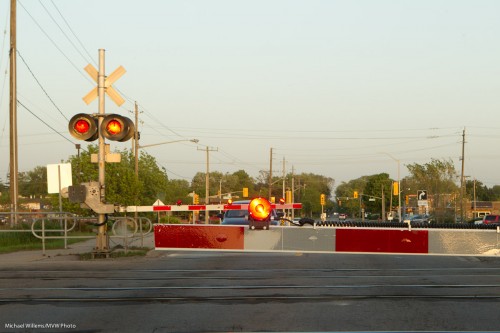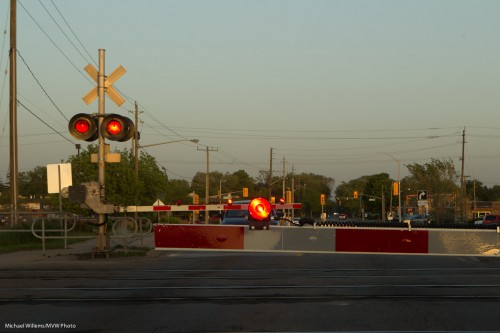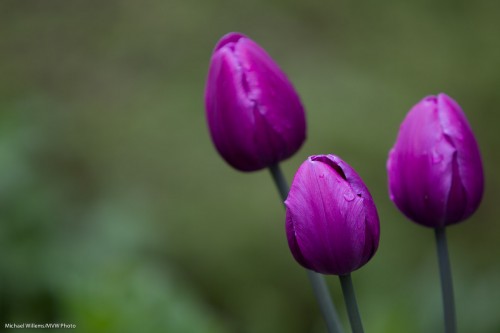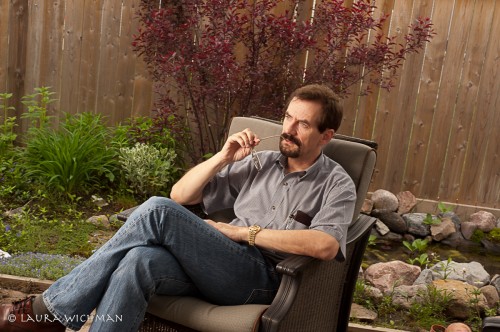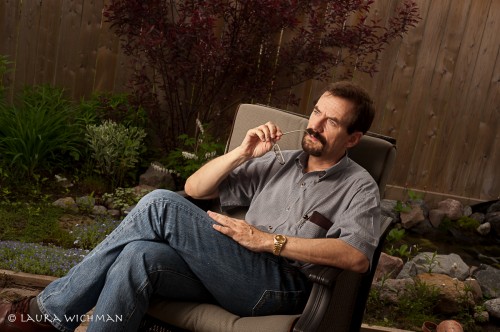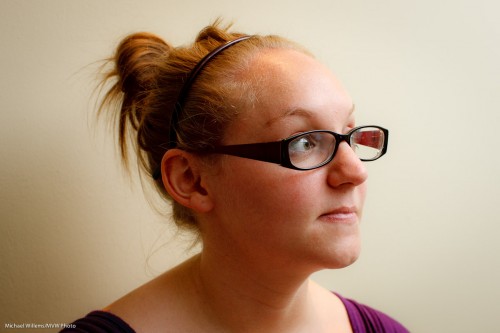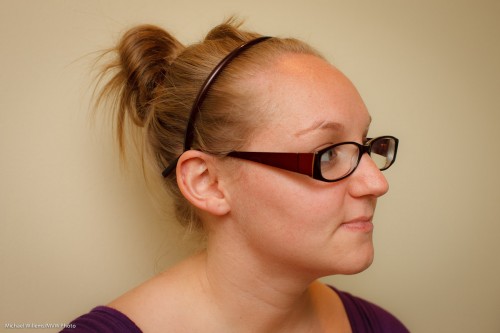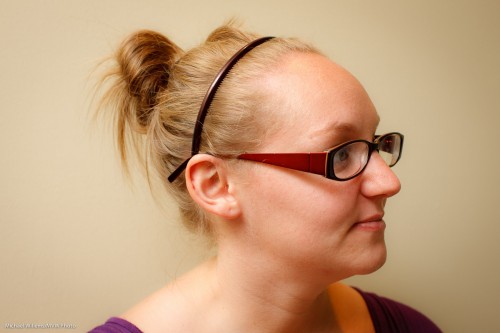All photographers, as I pointed out recently, should know about copyright. As reader Warren said recently in a comment on this blog:
“When a photographer shoots pictures for themselves, they own the copyright and they are the Author.[ ] If the photographer then uploads these pictures to someone else’s web site, the photographer may fall victim to the terms of use of that site and they may lose some rights. Read the terms of use!”
Very true. And potentially scary. Read what Facebook says:
“For content that is covered by intellectual property rights, like photos and videos (“IP content”), you specifically give us the following permission, subject to your privacy and application settings: you grant us a non-exclusive, transferable, sub-licensable, royalty-free, worldwide license to use any IP content that you post on or in connection with Facebook (“IP License”). This IP License ends when you delete your IP content or your account unless your content has been shared with others, and they have not deleted it.”
Ouch. Transferable? Sub-licensable? And to boot, Royalty-free? And “…on or in connection with Facebook” (my emphasis)? Geez. This post better not have a picture in it, or Facebook can use it or even resell it.
Thank God Facebook itself only allows (so far) uploads up to 720 pixels wide. Otherwise they could take my work and use it in an international ad campaign for Coca-Cola, say, for free. And this of course is why I embed my name, small but visible, in each picture I upload in Facebook.
Other sites can be as Draconian – or more so. Apple? No idea, since I have never actually read the 41-page “agreement” that you have to read and “agree to” before you can do anything (like upgrade iTunes). I am sure no-one has (lawyers excepted: they like that kind of thing).
BBC news, and other news outlets, use “user content” nowadays. That is content they do not pay for. Users are happy to work for free, and that means reporters no longer get paid, Fine, you may say – except the level and trustworthiness of the work goes way down.
So be careful with copyright. Make sure you have an explicit written agreement when shooting for someone: an agreement that gives you copyright (or that pays you very well, if you a “shooter for money” and do not end up with copyright). Photography is fun, but the equipment is not free. The time spent learning is not free, and time cannot be reclaimed. Your photos are valuable – copyright protects that value.
Working for free never works for a valuable skill that is hard to learn and expensive to use, and unless you are careful, without good agreements that is exactly what you will end up doing. My advice today: be careful where you upload photos.

